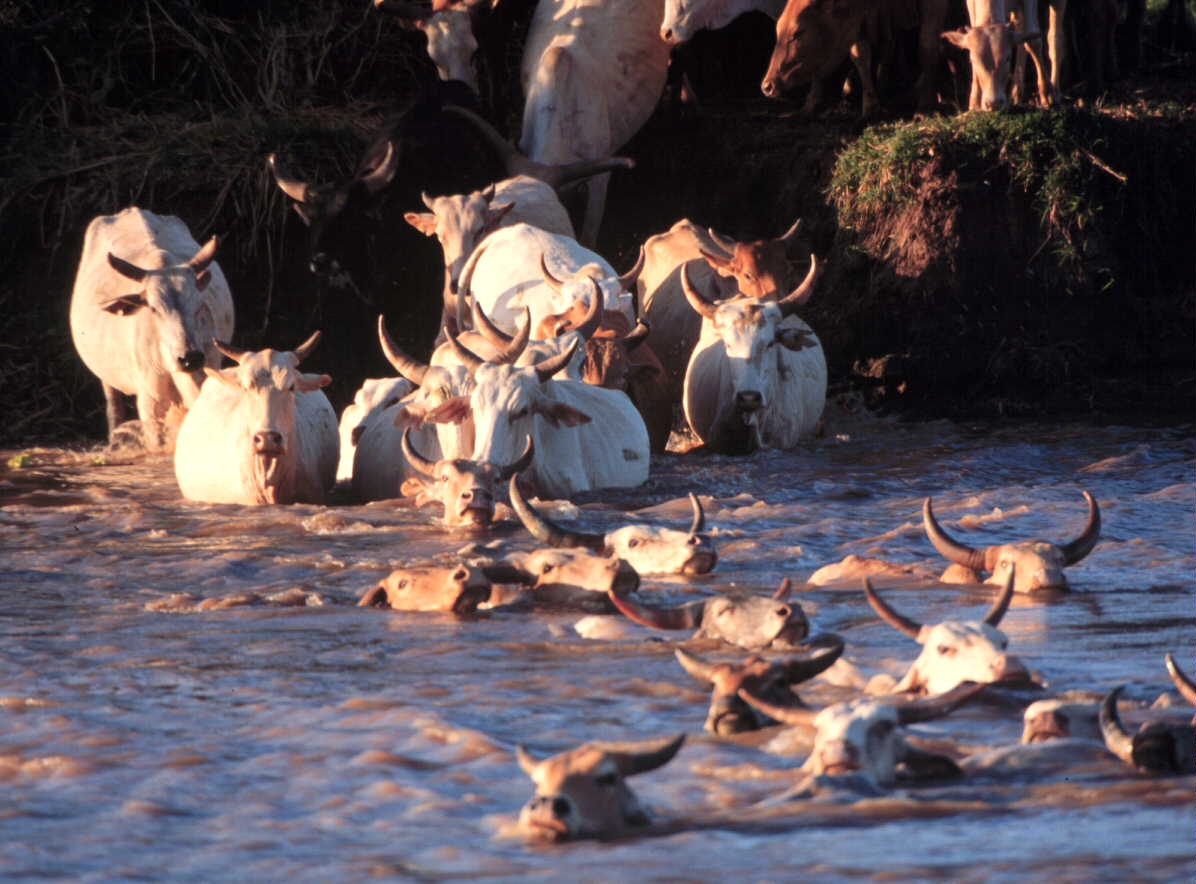Entomological studies to inform Rift Valley fever control in Uganda
- From
-
Published on
26.06.23
- Impact Area
-
Funders
Germany

Researchers in Uganda are conducting entomological studies to identify mosquito species that can potentially transmit the Rift Valley fever virus.
The researchers are also studying the mosquitoes’ host preferences and assessing insecticide resistance in mosquitoes collected from the southwestern districts of Isingiro, Sembabule and Lyantonde, where livestock have been exposed to the virus in previous outbreaks of the disease.
This work is taking place at the National Livestock Resources Research Institute, following the remodelling and renovation of the institute’s insectary to an Arthropod Containment Level 1 facility and capacity development of its scientists.
The upgrading of the insectary, and ongoing research, was supported by the German Federal Ministry for Economic Cooperation and Development through the One Health Centre in Africa and the Boosting Uganda’s Investment in Livestock Development project, both of which are led by the International Livestock Research Institute.
Photo: Orma Boran cattle crossing a river in Kenya (ILRI /Rosemary Dolan)
Related news
-

Australia partners with International Livestock Research Institute to upskill researchers from Africa and Asia
International Livestock Research Institute (ILRI)13.11.25-
Food security
-
Poverty reduction, livelihoods & jobs
Australia has joined forces with the International Livestock Research Institute (ILRI) to support th…
Read more -
-

A decade of academic and research partnership advances One Health in Vietnam
International Livestock Research Institute (ILRI)13.11.25-
Health
In northern Vietnam, Thai Nguyen province has become one of the most active hubs for…
Read more -
-

Accelerating wheat breeding, from Toluca in Mexico to the world
CGIAR Initiative on Breeding Resources12.11.25-
Climate adaptation & mitigation
-
Nutrition, health & food security
In Mexico, a project has been completed to develop new elite parental lines of wheat…
Read more -
